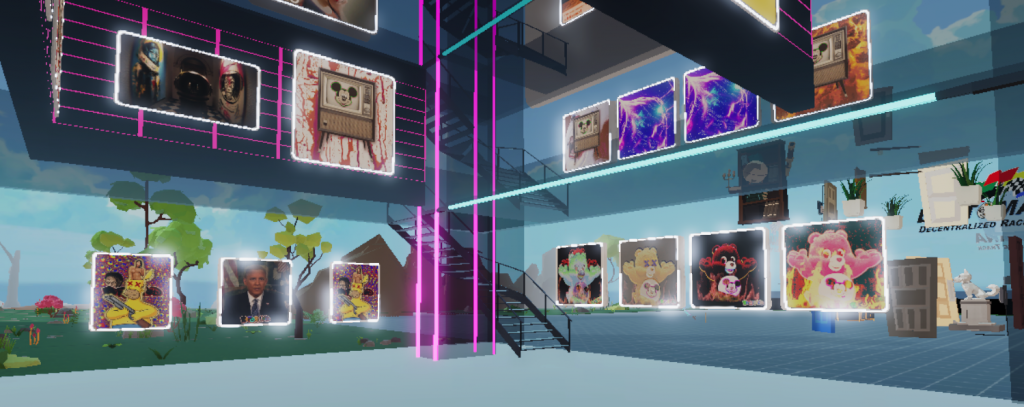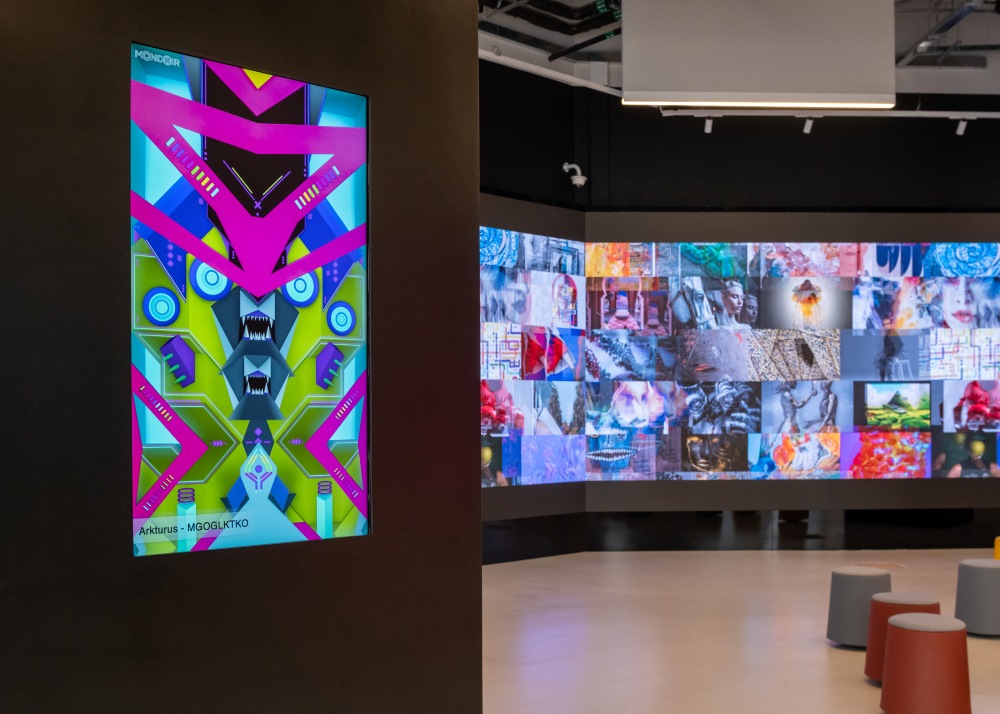The concept of a metaverse has been around for a while, but it’s only in recent years that it has begun to be taken seriously as a potential reality. With advancements in technology and a growing interest in virtual experiences, the idea of a fully-realized metaverse is becoming more and more feasible. And as the metaverse becomes a more concrete possibility, the way we share and experience art is also changing.
Metaverse art refers to any artwork that is created specifically for a metaverse platform. This can include virtual galleries, 3D sculptures, and other interactive experiences that are designed to be experienced within a virtual environment. Metaverse art is different from traditional art in that it is not limited by the physical constraints of the real world. Instead, it can exist in a completely virtual space, allowing artists to explore new forms of expression and creativity.
Social media is also playing an important role in the development of metaverse art.
TikTok have enabled artists to share their work with a global audience, while also allowing them to interact with their followers in new and meaningful ways. Social media has also made it easier for artists to connect with other artists and collaborate on projects, regardless of their physical location.
One example of metaverse art that has gained significant attention in recent years is the CryptoArt movement. CryptoArt is a type of digital art that is created using blockchain technology, which allows for secure and transparent ownership and transfer of the artwork. The artwork is usually created in a 3D virtual space and can be purchased and traded like any other cryptocurrency. This has created a new market for artists to sell their work directly to collectors, without the need for intermediaries like galleries or auction houses.
Another example of metaverse art is the virtual gallery. These galleries allow artists to showcase their work in a completely digital environment, where visitors can explore the artwork as if they were walking through a physical gallery. Virtual galleries can be accessed from anywhere in the world, allowing artists to reach a global audience without the need for physical exhibitions. Some virtual galleries even offer interactive experiences, such as the ability to chat with the artist or attend virtual events.
Social media platforms like Instagram and TikTok have also given rise to new forms of metaverse art, such as augmented reality filters and 3D animations. These types of artwork are designed to be experienced within the context of social media, allowing artists to connect with their followers in new and exciting ways. For example, Instagram filters allow users to overlay artwork onto their photos and videos, creating a personalized and interactive experience that can be shared with others.
In conclusion, metaverse art and social media are transforming the way we share and experience art. The development of virtual environments and blockchain technology has enabled artists to explore new forms of expression and creativity, while social media has made it easier for artists to connect with their audience and share their work with the world. As the metaverse continues to develop, we can expect to see even more exciting and innovative forms of metaverse art emerge, changing the way we think about art and its place in our lives.




